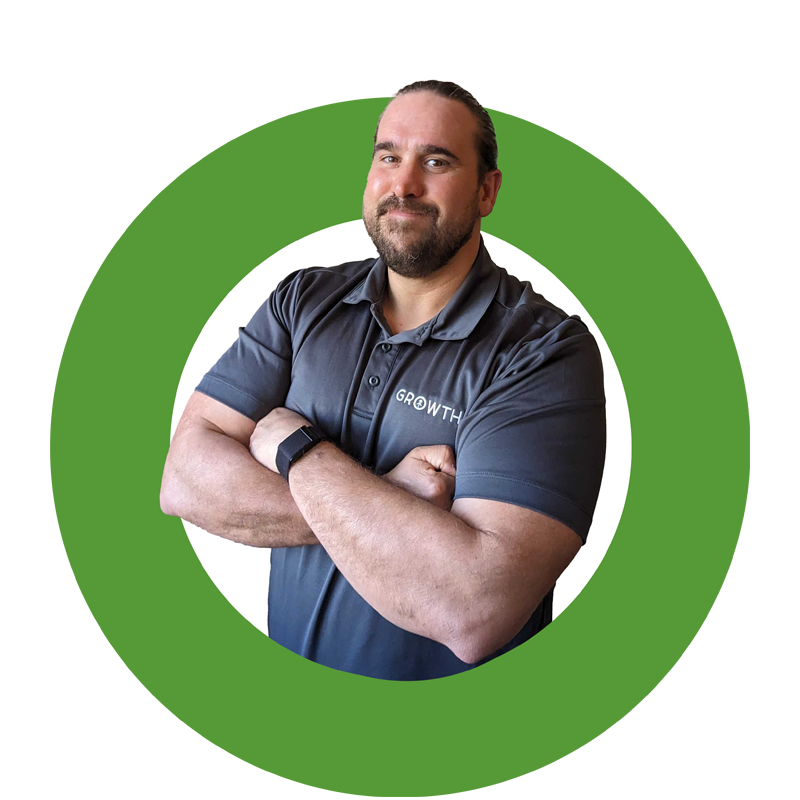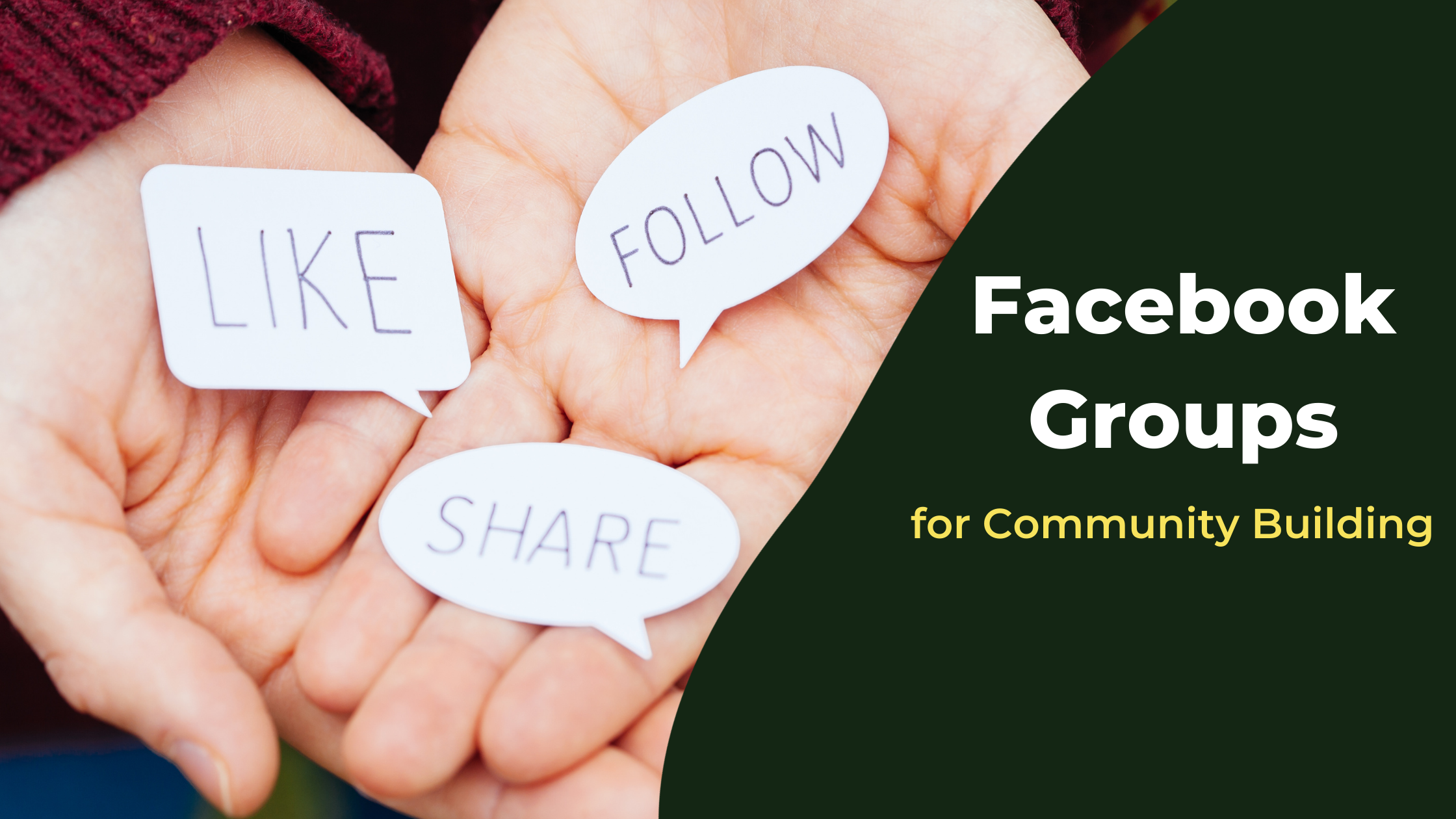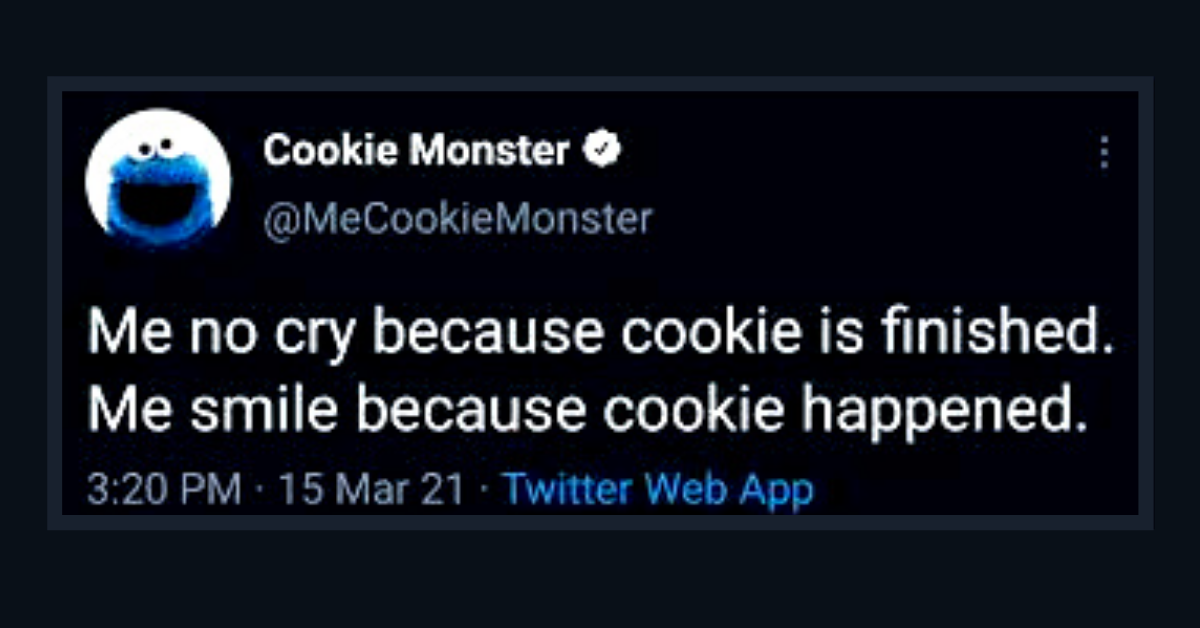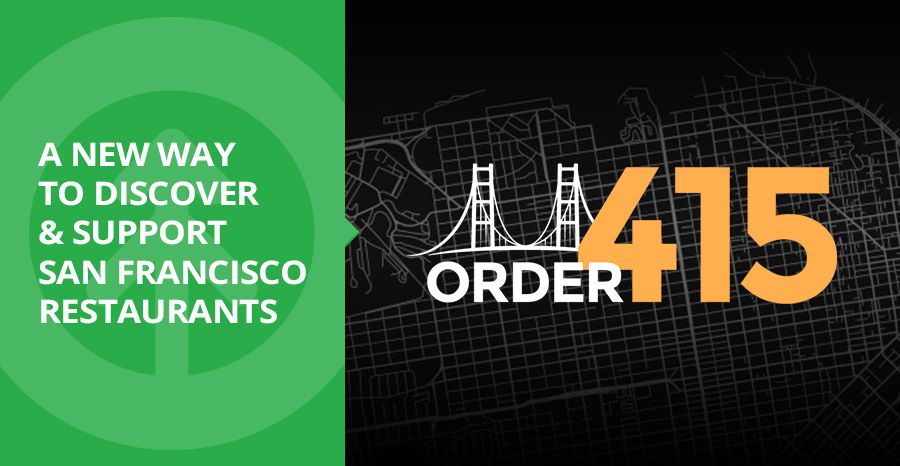4 Ways to Adapt to the New Facebook Ad Target Rules
On this page
Late last month, Meta, Facebook’s parent company, announced that starting January 19, 2022, Facebook will no longer allow advertisers to use detailed targeting options that reference causes, organizations, and public figures that people see as “sensitive.”
Meta will also disallow ad targeting options related to health, race, ethnicity, political affiliation, religion, or sexual orientation on Facebook and Instagram.
Some of the examples that Meta cites are:
- Health causes such as “Lung cancer awareness,” “World Diabetes Day,” “Chemotherapy”)
- Sexual orientation (e.g., “same-sex marriage” and “LGBT culture”)
- Religious practices and groups (e.g., “Catholic Church” and “Jewish holidays”)
- Political beliefs, social issues, causes, organizations, and figures.
Meta states that they’ve “heard concerns from experts that targeting options like these could be used in ways that lead to negative experiences for people in underrepresented groups.”
With this news comes a shift in how many nonprofits, advocacy groups, and for-profit organizations will need to reach their audiences going forward.
Here are some ideas that will prepare your organization with the workarounds you’ll need to continue your outreach efforts after the new targeted advertising rules go into effect.
Engagement Custom Audiences
You can create targeted ads for people who have already engaged with your organization in some way (liked your page, watched a video, followed your business page, etc.).
For example, an advocacy group drumming up donations or a religious organization announcing a holiday event can still send ads about these types of things directly to those who’ve already shown organic interest in what your organization does. Some custom engagement types that show organic interest include:
- viewing video
- filling out a lead form
- engaging with Instant Experiences
- shopping your store
- engaging with your Instagram account
- past events involvement
- membership/following/likes on your Facebook page
This type of engagement with your small business, nonprofit, or brand shows genuine interest in what you do, sell, or promote, so sending targeted ads to these people is a great way to get your message out.
Build a Lookalike Audience
In Facebook, “a lookalike audience” is one that “looks like” those who are your customers or are engaging organically with your content.
Using this technique allows you to grow your audience by creating targeted ads for people who share similar attributes, interests, and demographics as those who already love what you do.

You can create a lookalike audience by choosing a source audience in your ads menu and building a custom audience from that source. Facebook’s system uses information from the people who are already in your audience to find others who will most likely be glad to receive those ads in their feed—which helps your ROI, too.
Re-engage Your Website Visitors
Facebook’s Website Custom Audiences feature, using Facebook Pixel, matches people who’ve visited your website in the past with their Facebook profiles. After the Facebook ads rules change, you may still send ads to them.
A great use of this would be to create a campaign to reach people who’ve viewed your donor page or product page but not made a donation or a purchase to come back and do so.
An ad like this can encourage past visitors to return for a new product, price, or level that you’ve just added. Or, you can just encourage them to return.
You can also create an engagement custom audience (and then, after that, a lookalike audience) of everyone who's visited your website in the past 30 days.
Focus on Location
Create outreach through targeted ads to people who live near your business’s or organization’s brick and mortar store.
Facebook also allows you to target people who are “within the radius of their shipping capabilities”—but only if you’re based online and have no store or location that’s accessible to the public.
Here’s how to do it:
- In Facebook’s ad menu, open “Ads Manager” and select a campaign objective.
- Go to the “Audience” section and select your audience source.
- Go to “Locations” and follow the prompts.
- Choose your locations.
As big businesses like Meta learn the best ways to serve their audience and the global community, rules will continue to change in ways that may seem inconvenient but that can make a big difference to real people.
Growth’s team of experts has their eye on the changes that affect businesses of all shapes and sizes, and we’re always ready with the right information and assistance to make change easy. Just ask us. We're right here.
Explore More Insights: Related Blog Posts
-
 Inbound MarketingMar 3, 2021
Inbound MarketingMar 3, 2021 Chris Nault
Chris NaultWhy Facebook's Political and Social Ad Ban Lift Is Such a Big Deal
The short-term ban of political and social ads on Facebook, started November 4th, 2020, has been lifted....
-
 Website DesignDec 3, 2020
Website DesignDec 3, 2020 Ashley Lilly
Ashley LillyADA Compliance Matters: Website Design for Digital Accessibility
(Last updated May 19, 2022) When the Americans with Disabilities Act (ADA) was passed in 1990, it was to...
-
 Mar 5, 2021
Mar 5, 2021 Growth Marketing Firm
Growth Marketing FirmLetter from Oracle to Bronto Administrators
Read the Email from Oracle to Bronto Admins
-
 Inbound MarketingDec 21, 2020
Inbound MarketingDec 21, 2020 Ashley Lilly
Ashley LillyStreamline Your Social Media for Better Customer Experience
With dozens of social media platforms vying for attention, it's no wonder that business owners are unsure...
-
 HubSpotJan 25, 2022
HubSpotJan 25, 2022 Growth Marketing Firm
Growth Marketing FirmHubSpot for Tech + SaaS Companies
SaaS (Software As A Service) and technology companies share a lot in common: a focus on technology–which is...
-
 Social MediaSep 29, 2021
Social MediaSep 29, 2021 Growth Marketing Firm
Growth Marketing FirmFacebook Groups for Community Building
Whether you decide to join an existing Facebook Group or create your own, they are powerful...
-
 Inbound MarketingMar 5, 2021
Inbound MarketingMar 5, 2021 Chris Nault
Chris NaultOracle Declares Bronto Marketing Software Extinct
Oracle Netsuite has quietly announced “the end-of-life” status for their Bronto Marketing Software. Bronto...
-
 Inbound MarketingMar 31, 2021
Inbound MarketingMar 31, 2021 Growth Marketing Firm
Growth Marketing FirmApple iOS and Google Cookiepocolpyse Must-Knows: Webinar Recap
For those of you who may have missed the headlines, over the past few months, the two big-named tech...
-
 Apr 16, 2020
Apr 16, 2020 Growth Marketing Firm
Growth Marketing FirmOrder 415: A New Way to Discover and Support San Francisco Restaurants
April 15, 2020, might have seemed like an ordinary day during quarantine, but to us, it was a day to enlist a...

.png?width=1920&name=new-strategy-facebook-ad-targeting-growth-marketing-firm%20(1).png)
